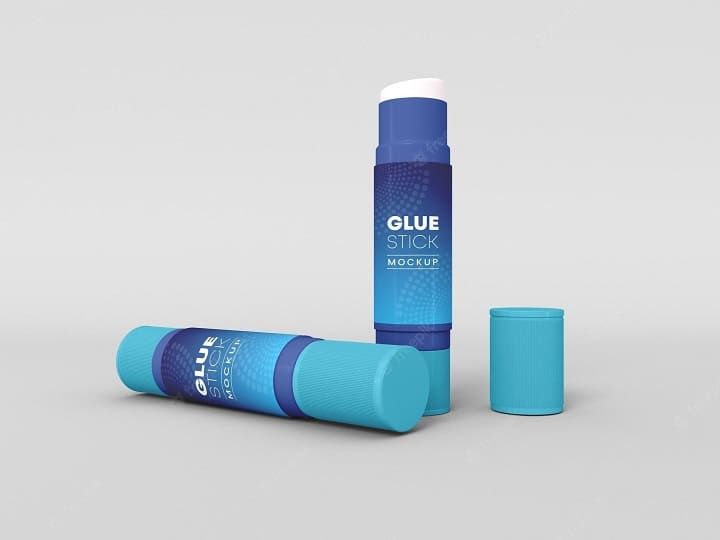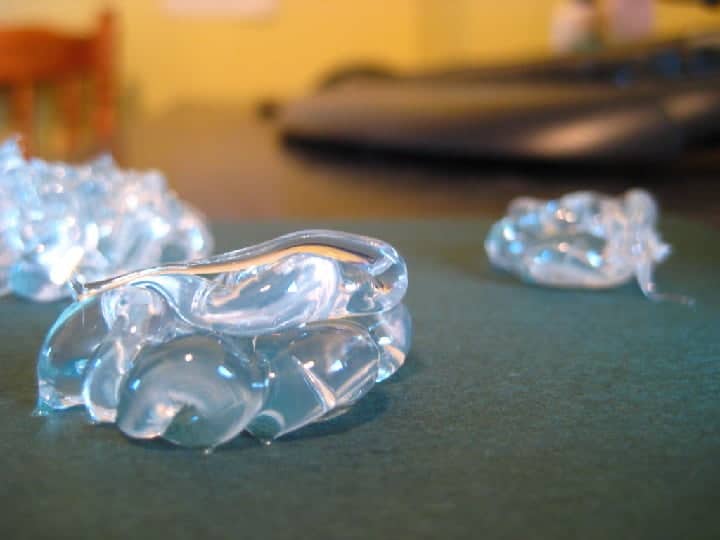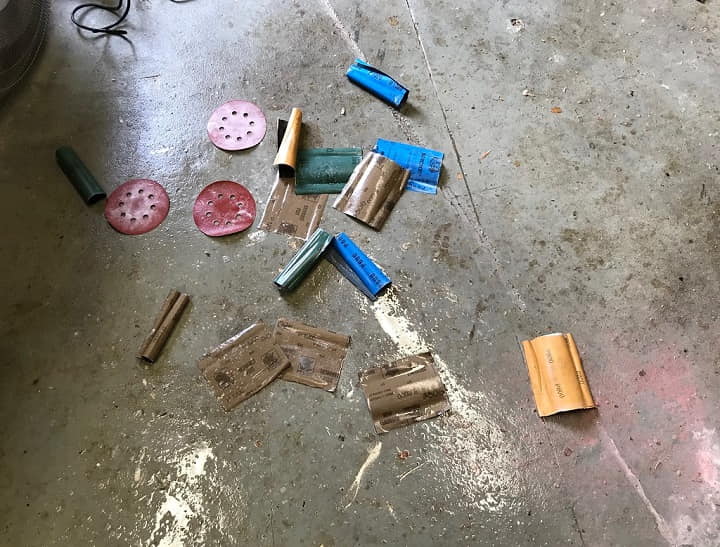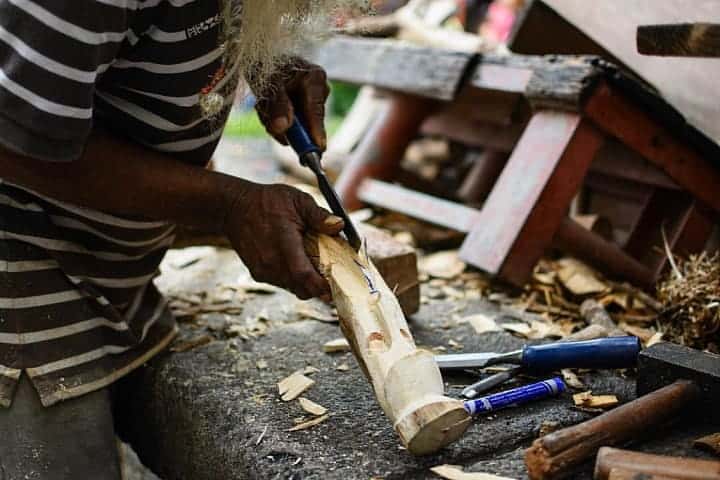Bonding wood to fiberglass is a relatively complicated task for a beginner. Both are pretty difficult to hold together. Even fiberglass can become brittle and less durable if you use the wrong glue.
So how to glue fiberglass to wood? After many experiments, I found the simple and practical steps for a permanent bond between these two materials.

Things You’ll Need
The biggest challenge that makes it difficult for you to glue fiberglass to wood is not choosing the suitable glue. In addition to adhesive, you must also prepare some tools to support the link creation process.
If you are still not sure what tools to design, here is some information you need to refer to:
Adhesive
You can use three types of adhesives to attach fiberglass to wood: epoxy resin, polyurethane, silicone, and adhesive. Each has its pros and cons to consider.

- Epoxy resin
It is the most effective adhesive on wood and fiberglass. Usually, these adhesives will have a two-part texture, which requires you to fix the surface to be glued for a particular time. Although the operation is complicated, this type has good adhesion to create relatively stable bonds.
- Polyurethane glue
It is also a glue that can create a permanent bond between wood and fiberglass.
This type will not damage the fiberglass but is water resistant and creates a strong bond.
Polyurethane glue is also well-known as an easy-to-use adhesive. Yet, its smell is quite heavy, and you must ensure a sound ventilation system when handling it.
- Silicone glue

This glue works relatively well on wood. It is also quite economical and easy to use. The only problem with silicone sealants is the vinegar-like smell.
Masks can be helpful for items you can use with this adhesive for many hours. Of course, don’t forget to ventilate so your room doesn’t smell bad.
Clip
Most glues used to stick wood and fiberglass do not set immediately. You have to fix the material for 6-24 hours to reduce migration while the glue is curing.
Clamps are the best tool to accomplish the above task. But, it would help if you carefully apply force to the clamp and avoid breaking the adhesive.
Other accessories

You must prepare protective gear to protect yourself from harmful agents during the mounting process.
You also need sandpaper, a cleaning cloth, or soap for better surface treatment.
Finally, a pop stick or flat spatula is also a tool you should prepare. These accessories will help you reasonably spread the glue on wood and glass surfaces.
How To Glue Fiberglass To Wood? 4 Steps To Follow
Gluing wood with fiberglass is a lot simpler than you think. If you have difficulty bonding these two materials, follow the steps below.
Step 1: Choose the working area
Most glues that work well on wood and fiberglass contain polyester.
This substance has a relatively unpleasant odor and will produce harmful gasses during use. To minimize the risk, you should work in a well-ventilated room.
Plus, you should place the material in a clean, flat work area for smooth bonding.
Step 2: Material handling

Untreated fiberglass will be difficult to bond to any surface. Use medium sandpaper for rough surface treatment on fiberglass. Similarly, you should use average sandpaper of 200 – 500 grains to roughen the wood surface.
Step 3: Use glue

If you use epoxy or silicone-based adhesives, you can spread the glue evenly over the wood/fiberglass surface better than with a spatula or flat.
Use these tools to spread the glue evenly and thinly over the surface. Meanwhile, with polyurethane glue, you should use a brush or spatula to apply the glue.
Whatever adhesive you use, you should spread a thin layer over the wood surface and do the same on fiberglass.
Then put these pieces together and wait a bit before moving on to the next step.
Step 4: Fix the surface
The adhesive takes time to cure. During this stage, you must use clamps to secure the two surfaces. The clamp’s time depends on the adhesive type you use.
Epoxy resin and silicone adhesive will cure in about 24 hours. You can speed this process up by raising the room temperature to more than 75 degrees F.
Similarly, polyurethane adhesives do not cure well at low temperatures. Hence, leave the glue overnight in a warm room, and you will get a solid connection between the fiberglass and the wood.
After learning about the tools you need to prepare and the steps to bond wood and fiberglass, are you ready to go? You should also consult some helpful information through these FAQs.
FAQs
How do you prepare wood for fiberglass?
As for the wood, you should make sure it’s clean and dry. You should also use sandpaper to treat the material’s surface for the best bonding effect.
Does fiberglass stick to wood?
You can completely bond fiberglass to wood if you choose the suitable glue. Some effective adhesives on both surfaces include epoxy resin and super glue.
The adhesives bond the fiberglass to the wood, protecting the wood from water.
Does concrete stick to fiberglass?
You can bond fiberglass to concrete surfaces for an excellent substrate.
How do you remove fiberglass from wood?
You need to prepare pliers and a heat source to remove the fiberglass from the wood. The simple way is to heat the fiberglass with a heat gun while using the fiberglass scissors.
Does fiberglass strengthen wood?
Fiberglass can perfectly support wood. Fiberglass provides water resistance, maintaining the strength and durability of the wood.
Conclusion
My guide above has helped you understand how to glue fiberglass to wood. As you can see, the above operations are not as complicated as you think.
I hope that you will find this helpful article and share it on your social networks. Thank you for taking the time to read this!
